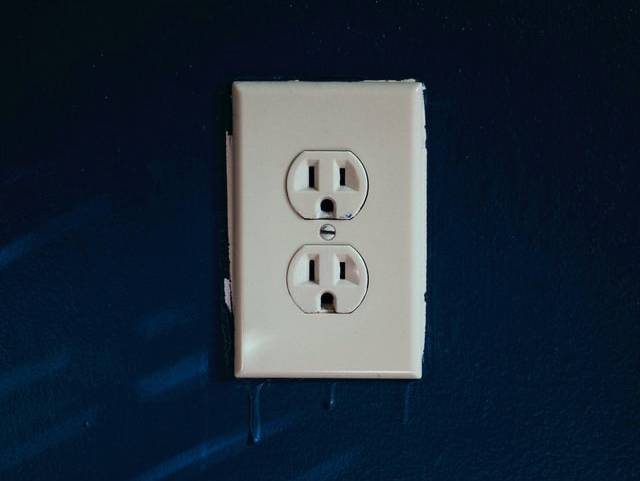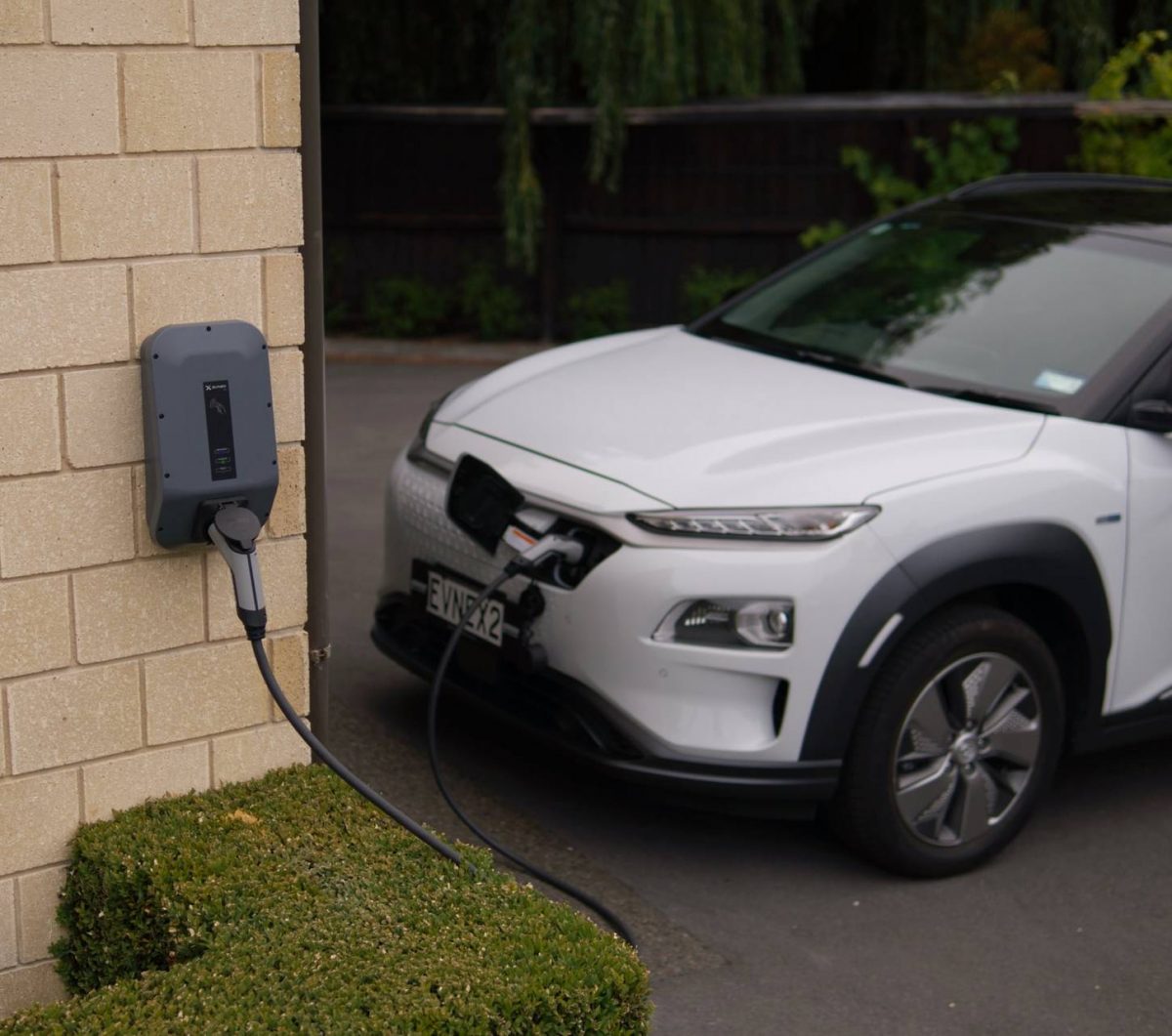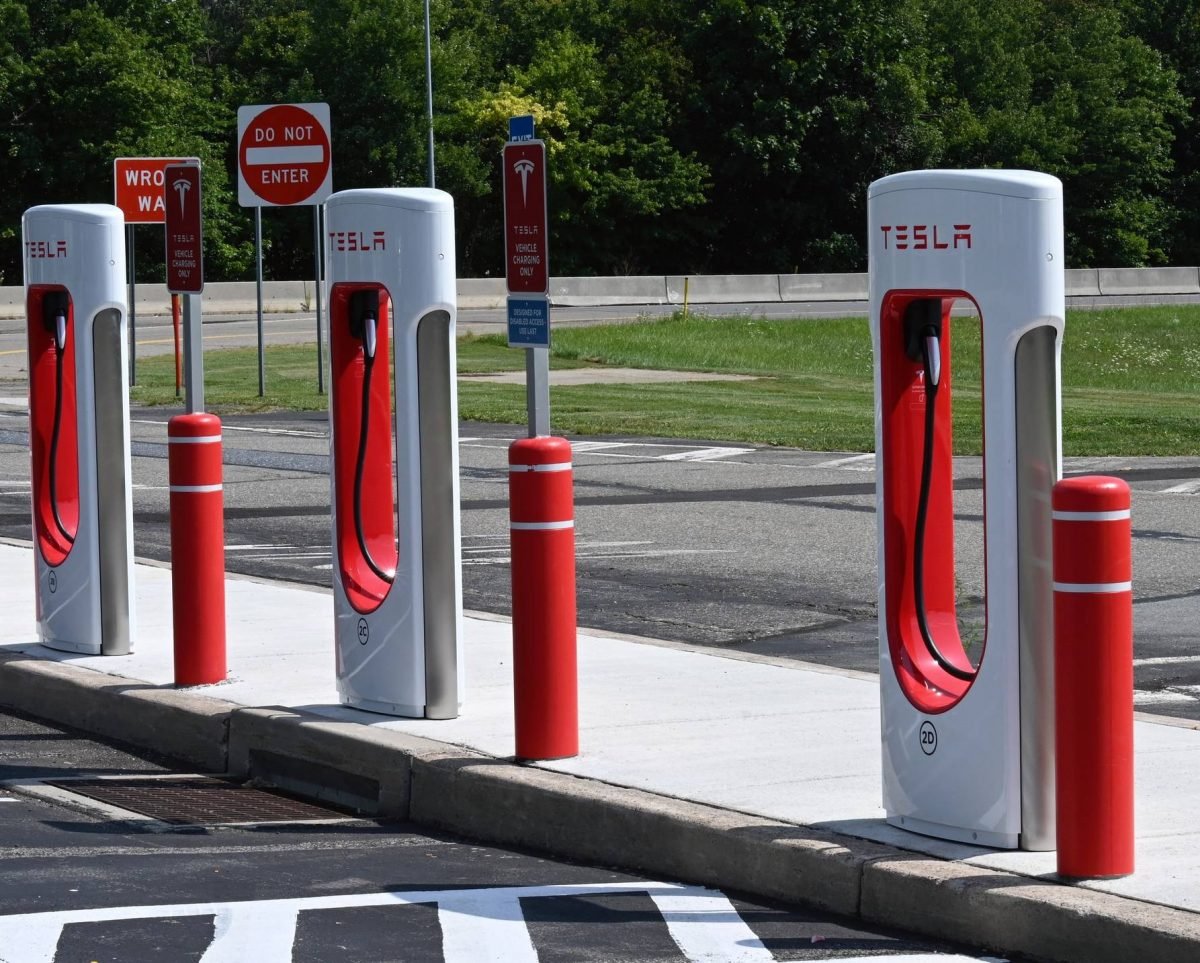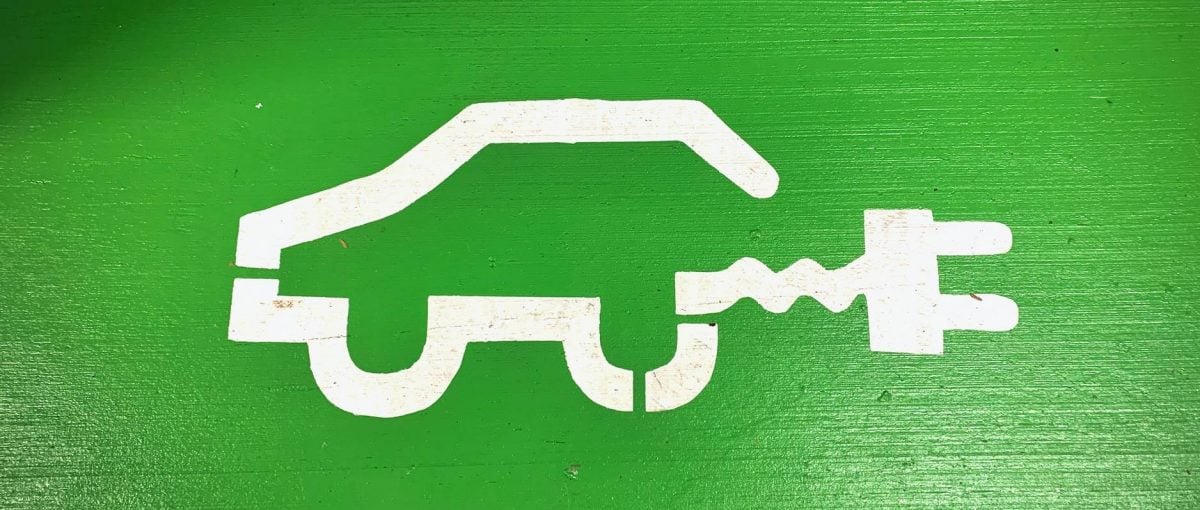Prospective Electric Vehicle owners are often curious how long it takes to top up a battery with electricity, and whether driving electric will fit their lifestyle.
We’re here to explain some misconceptions and prepare you for the all electric future. Electric car charging consists of three standard levels, with each one being progressively faster.
Level 1 Charging
The most basic type of charging. Level 1 relies on standard North American 120 volt outlets with alternating current (AC), the most common household plugs everyone is familiar with. Almost all electric vehicles include basic hardware and cables needed to charge from a 120 volt household power plug. The car’s onboard charging equipment converts AC current to direct current (DC) required to charge the battery.
If you live in a private home, you very likely already have a Level 1 outlet available at your parking location.
Although 120 volt charging is very ubiquitous, it may not be sufficient for most people’s driving habits. Level 1 charging supplies 12 to 16 amps of current at 120 volts, meaning about 1.4 kiloWatt hours (kWh) of energy in one hour. That equates to about 4 miles of range gained per hour of charging.
Think of Level 1 as a back-up option, or a temporary solution while you wait to have Level 2 charging installed. It would take about 50 hours to charge a 70kWh battery with 1.4 kWh Level 1 charging from zero to full.

Pros
- Readily available anywhere you can find a power outlet
- Likely no installation expenses
Cons
- Not suitable for a primary means or charging for most drivers. It would take days to fully charge an EV.
Level 2 Charging
Let’s say your Level 2 charger is capable of delivering 40 amps of current on a 240 volt circuit, which would equal 9,600 watts of power! Over one hour, it would deliver 9.6 kiloWatt hours (kWh) of energy, enough to drive about 30 miles. To put it another way, it would take about 7.5 hours to charge a 70kWh battery with a 9.6 kW Level 2 charger from zero to full.

Pros
- Top up an EV battery in just a few hours
- Take advantage of lowest cost electricity rates by only charging during off peak hours
Cons
- Often requires additional hardware and professional installation
Level 3 Charging
Level 2 is the easiest and most cost effective way to charge an EV for daily driving. Level 3 charging is designed for road trips, and driving beyond your battery range. Level 3 charging is essentially a gas station for electric vehicles.
Unlike Level 1 and 2 charging with AC, direct current (DC) from the charger bypasses the onboard vehicle charger and is delivered straight to the battery. Voltage at public Level 3 chargers can range from 400 to 800 volts, and total power output typically ranges between 50kW and 350kW! But most EVs sold today are capable of accepting between 100kW and 200kW at the peak of their charging curve.
Charging curve is another concept that needs explaining. An EV battery is able to accept the highest rate of charging when it is almost depleted, and the charging speed will begin to taper off after ~40% state of charge, and slow down significantly after 80%.
It is therefore recommended to arrive at a Level 3 public charging station with a low battery, so the most power is delivered in the shortest time. Because of these charging curves, it can still take upwards of 1 hour to fully charge a capable EV on a high power level 3 charger. But drivers are more likely to spend 20-30 minutes at a Level 3 charger, when the majority of the range is recovered.

Pros
- Speed! Get back on the road in minutes, not hours.
- Level 3 infrastructure is underdeveloped in some regions, but growing very quickly along busy routes.
Cons
- Energy cost from Level 3 charging can be 2-3 more expensive per kWh than charging at home.
- Slightly faster battery degradation is expected if Level 3 is used for majority of charging,

